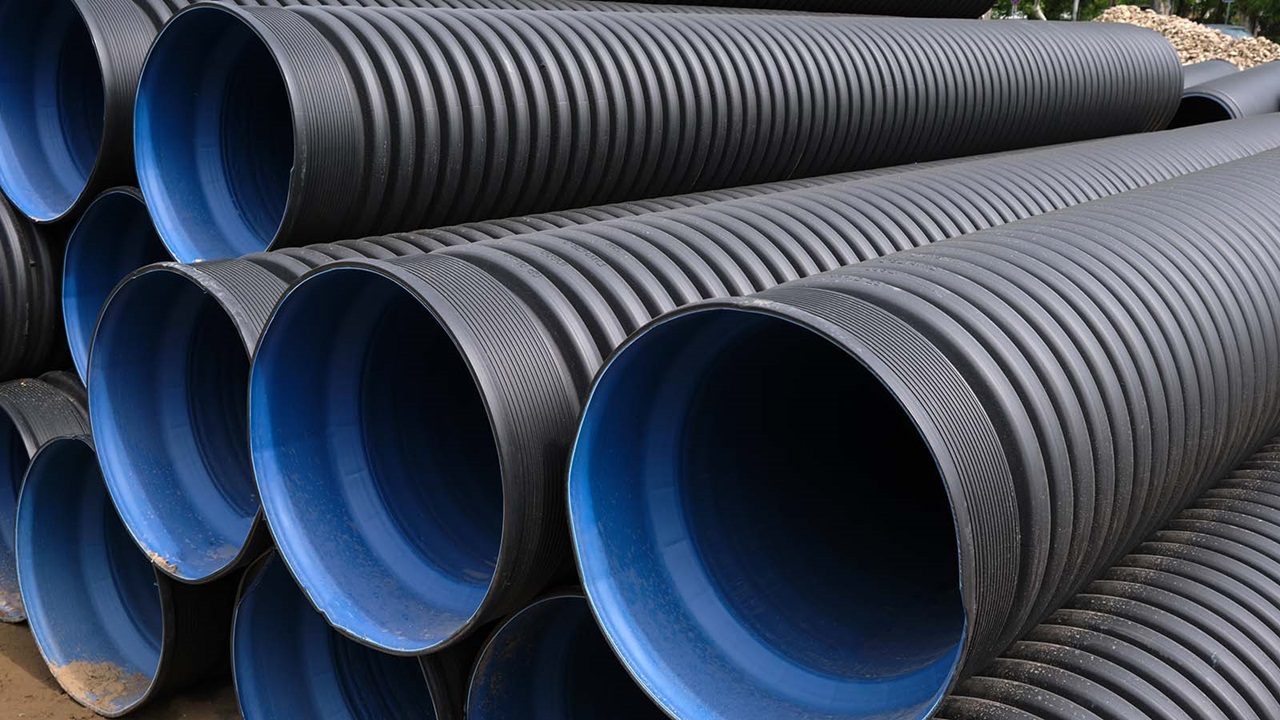The steel pipe, defined according to ASTM A53 specification, serves multiple functional purposes in various locations. People employ this material to transport water, together with gas and petroleum. The product finds its applications as an element in fence constructions while simultaneously being utilized for posts and building frames. The constructed tubes demonstrate high durability along with extended operational life. This material demonstrates excellent performance in both interior and exterior conditions. The ASTM A53 pipe family consists of two basic specification categories. Both ASTM A53 pipes are available in Grade A and Grade B varieties, with different DIMENSIONS AND SIZES OF ASTM A53. However, B connects more strongly than A, and the types serve their designated applications well. People choose between different types according to job specification requirements. The strength requirements of different jobs determine whether they require pipes of heavy or lightweight construction.
Why Pipe Size Matters
Selecting an appropriate pipe size is crucial. A small pipe diameter could result in insufficient flow of water, gas, or oil through it. The selection of overly big pipe dimensions leads to increased expenditure and unnecessary space consumption. Selecting an appropriate dimension ensures the proper functioning of the system. The pipe dimension directly influences both the safety strength characteristics of the pipeline framework. Bigger pipes require thicker walls to remain strong. Smaller pipes can sometimes be thinner. If a pipe is not thick enough, it can break or leak, posing a significant danger.
How ASTM A53 Pipe Sizes Work
ASTM A53 pipes are available in various sizes. Each pipe has three main measurements. These are the outside diameter, the wall thickness, and the weight. The outside diameter indicates the width of the pipe on its outer surface. The wall thickness indicates the thickness of the pipe’s sides. The weight refers to the heaviness of the pipe for every foot or meter of its length. Most ASTM A53 pipes are available in a wide range of sizes, from very small to very large. Small pipes might have an outside diameter of half an inch. Big pipes can be as wide as 24 inches or more. The wall thickness can also change. A selection of pipes with varying wall thicknesses is available. People use thick pipes for intensive duties because they can accomplish tasks that thin pipes cannot.
Common ASTM A53 Pipe Sizes
Specific pipe dimensions find more frequent applications in the market. Smaller residential and commercial buildings primarily use pipes with diameters of half an inch, three-quarters of an inch, and one inch. The construction of factories, along with bridges, requires the installation of thicker pipe materials. The width of such pipes starts at six inches but ranges from ten to twenty-four inches in diameter. Pipes with increased diameter capabilities transport greater amounts of water, gas, and oil. These materials perform either a framing or supporting role for the structure.
Why Tuspipe’s Guide Is Helpful
Tuspipe makes it easy to understand ASTM A53 pipe sizes. The company clearly explains the sizes, allowing people to choose the right one for their specific job. Tuspipe shows the outside diameter, wall thickness, and weight for each pipe. This helps workers, builders, and others pick the best pipe without guessing. Knowing the exact pipe size helps people save time and money. It keeps jobs safe and ensures everything works properly. Tuspipe’s guide helps people feel sure about what they are buying and using.
What Makes ASTM A53 Pipes a Good Choice
The popularity of ASTM A53 pipes stems from their strength as well as their safety properties and extended service life. The pipes continue to perform reliably in environments ranging from hot to cold conditions. The pipes can withstand both wet conditions, such as heavy rain and snow, and bright days under the sun. The pipes offer high-pressure resistance and extensive size availability. People can select pipes suited to handle tasks of all sizes from the wide range of available options. Their easy joinability and ability to be cut bring benefits to construction projects by shortening both the construction timeframe and the necessary processes. The A53 quality also appeals to users because the durability lasts for many years. Because they resist rust and damage more easily, the pipes require less frequent repair. These pipes serve as an excellent material choice for residential areas, as well as industrial installations, agricultural structures, and urban establishments.
Conclusion
Projects across many sectors heavily depend on the implementation of ASTM A53 pipes. ASTM A53 components deliver water, gas, and oil while creating robust fences along with bridges and buildings. Selecting the right size is crucial because it ensures everything remains safe and functions properly. This easy-to-follow guide makes choosing the right pipe size simple. It shows the outside diameter, wall thickness, and weight for each pipe. This helps workers and builders pick the best pipe for their jobs. ASTM A53 pipes stay strong in all kinds of weather. They can handle pressure, heat, cold, and heavy use. This is why so many people pick them for their projects. With the right size and a good guide like Tuspipe’s, these pipes help make strong, safe, and long-lasting projects.


